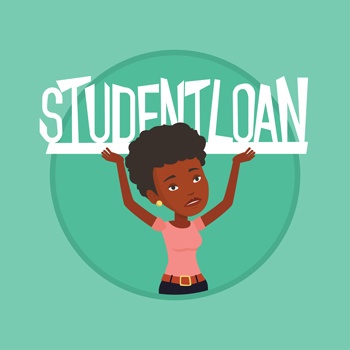Student Loans(1)
Paying for school can be a big undertaking. Understanding the difference between federal and private loans and your consolidation and repayment options can save you thousands of dollars.

Financing Your Education
There are several types of aid available to help you pay for your education beyond high school, including grants and scholarships, federal work-study jobs and student loans.
1.Grants and scholarships
Grants and scholarships are free money. They should be your first choice to finance your education. Why? Because you don’t have to pay them back. A good way to apply for a grant is through your FAFSA form. You also can check out these other sources to find grant and scholarship opportunities:
l the financial aid office at a college or career school
l a high school or TRIO counselor
l the U.S. Department of Labor’s free scholarship search tool
l your state
l your library
l foundations, religious or community organizations, local businesses, or civic groups
l organizations related to your field of interest, like professional associations
l ethnicity-based organizations
l your employer or your parents’ employers
2.Federal work-study jobs
Federal work-study jobs are another way to help pay for college. Work-study is a need-based grant that requires you to work part-time while you’re in school. To qualify for work-study, you’ll need to fill out the FASFA form and meet the needs-based criteria of the program. You are only paid for the hours that you work.
3.Student Loans
Student loans fall into two categories: federal loans and private loans.
Federal loans include:
·Direct Loans, where the U.S. Department of Education is the lender;
·Federal Family Education Loans (FFEL), where private lenders make loans backed by the federal government;
·Federal Perkins Loans, low-interest federal student loans for undergraduate and graduate students with exceptional financial need; and
·PLUS loans, federal loans that graduate or professional students and parents of dependent undergraduate students can use to help pay for college or career school.
Private loans, sometimes called “alternative loans,” are offered by private lenders, like banks and credit unions, and do not include the benefits and protections that come with federal loans.







